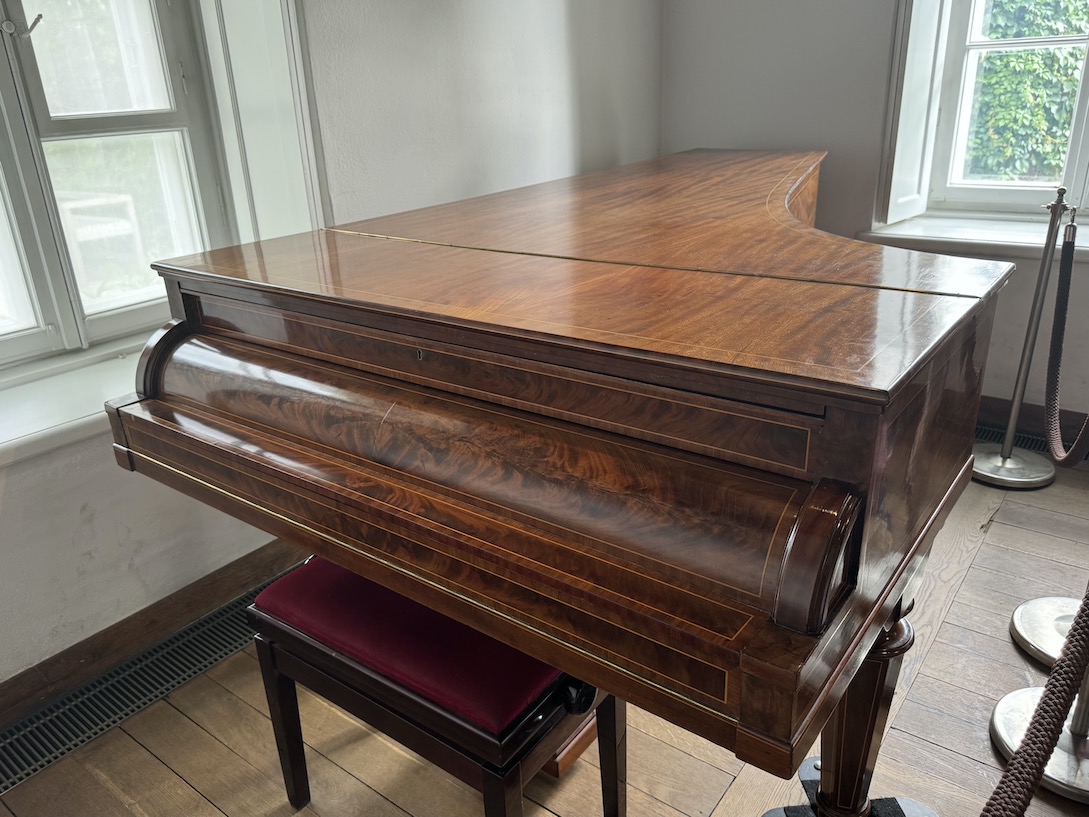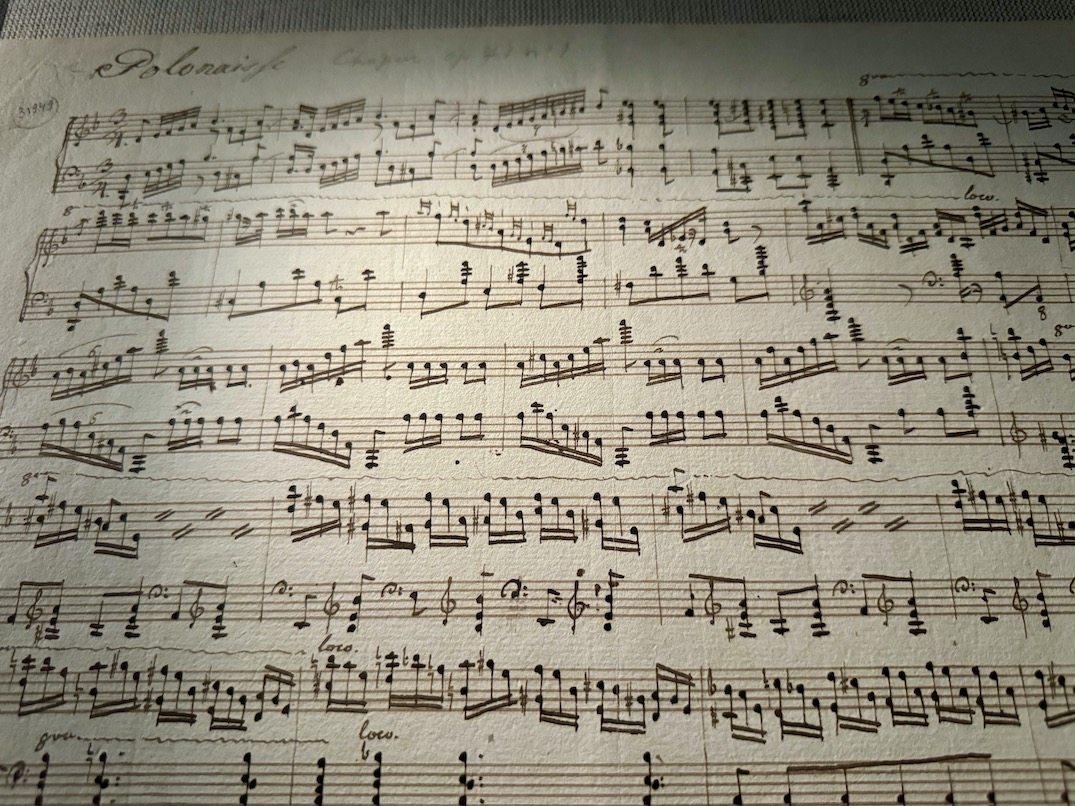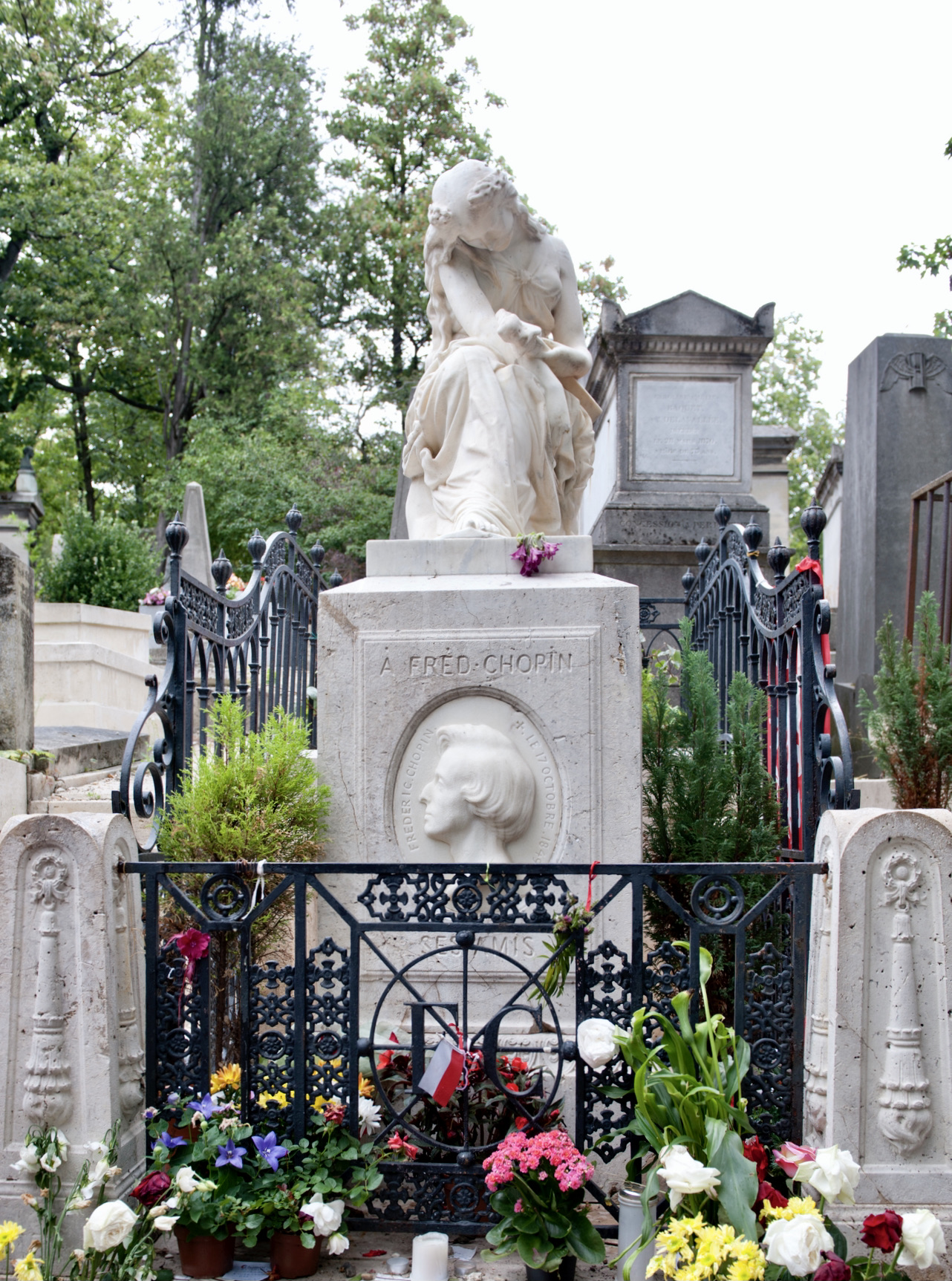 Frédéric Chopin’s House in Żelazowa Wola, Poland
Frédéric Chopin’s House in Żelazowa Wola, Poland
Frédéric Chopin, born on March 1, 1810, in Żelazowa Wola, Poland, was one of the greatest composers and pianists of the Romantic era. Known for his lyrical compositions and virtuoso piano technique, Chopin’s life and work were deeply shaped by his early experiences in Poland, his emigration to Paris, and his tumultuous personal relationships, particularly with the writer George Sand.
Early Life in Poland
Chopin was born to a French father, Nicolas Chopin, who had settled in Poland and worked as a teacher, and a Polish mother, Tekla Justyna Krzyżanowska. His mother and eldest sister, Ludwika, both played the piano and gave him his first lessons. Their influence was profound, nurturing his early love for music. By age six, Chopin was already showing signs of extraordinary musical talent, composing simple pieces and performing in Warsaw salons. Recognized as a child prodigy, he quickly became known as a “second Mozart.” His musical genius was nurtured through formal training at the Warsaw Conservatory, where he studied under Józef Elsner and absorbed Poland’s rich folk traditions, which later inspired his compositions.

Youth and Early Love Affairs
Though details of his early romances are scant, Chopin is known to have had youthful infatuations that colored his emotional life and early compositions. One of his earliest known loves was Konstancja Gładkowska, a soprano singer he met during his time at the Warsaw Conservatory. Though their relationship was short-lived, it left a deep imprint on Chopin’s work, as seen in his tender compositions like the Piano Concerto No. 2 in F minor.
Emigration to Paris
In 1830, at the age of 20, Chopin left Poland, initially intending to travel to Vienna and other European musical capitals. However, as the November Uprising broke out in Poland, Chopin, like many of his countrymen, found himself in political exile. He settled in Paris in 1831, never to return to his homeland.
Paris offered Chopin the vibrant cultural milieu he needed to thrive as an artist. He was soon introduced to elite circles of French society, where his performances at aristocratic salons gained him the admiration of the social and cultural elite. While he was not drawn to public concert performances, preferring intimate salon settings, Chopin became highly sought after as a composer and piano teacher, with students from some of the wealthiest families in Europe.
Relationship with George Sand
Chopin’s most famous and influential relationship was with the French writer Amantine Lucile Aurore Dupin, known by her pen name George Sand. The two met in 1836 and began a relationship that lasted nearly a decade. Sand, known for her independence and controversial lifestyle, provided Chopin with emotional and creative support. The couple spent several summers at Sand’s estate in Nohant, where Chopin composed some of his most important works, including the Ballades, the Scherzos, and the Polonaises.
However, the relationship was not without difficulties. Chopin’s delicate health—he suffered from tuberculosis—was a constant source of tension. Sand’s strong personality and their differences in temperament often caused friction. As his health deteriorated, their relationship soured, and they eventually parted ways in 1847. The emotional toll of the breakup had a lasting impact on Chopin’s mood and musical output, with his later works often reflecting a deeper melancholy.

Musical Legacy
Chopin is best remembered as one of the most influential composers for the piano, elevating the instrument to new expressive heights. His compositions are known for their technical demands, emotional depth, and innovative use of form. Among his most famous works are his Nocturnes, Etudes, Preludes, and Ballades. His Piano Concertos in E minor (No. 1) and F minor (No. 2) are masterful examples of the Romantic concerto form, although many consider his solo piano works to be his finest achievements.
While Chopin was a brilliant pianist with a refined and poetic technique, it is his legacy as a composer that has had the greatest impact on the musical world. His music was revolutionary in its use of harmony, melody, and rhythm, influencing later composers such as Franz Liszt, Claude Debussy, and Sergei Rachmaninoff.

Death and Burial
Chopin’s health continued to decline throughout the 1840s, and by 1849, he was gravely ill. He died on October 17, 1849, in Paris at the age of 39. His funeral, held at the Church of the Madeleine, was attended by many of the leading figures of Parisian society. He was buried in the Père Lachaise Cemetery in Paris, where his grave remains a pilgrimage site for music lovers.
In accordance with his wishes, Chopin’s heart was removed after his death and taken back to Poland, where it was entombed in a pillar at the Church of the Holy Cross in Warsaw. This symbolic gesture represented Chopin’s enduring connection to his homeland, even though he had spent most of his adult life abroad.

Frédéric Chopin’s music continues to captivate audiences with its emotional power and technical brilliance. His contributions to piano composition are unparalleled, and his works remain central to the repertoire of pianists worldwide. Whether through his intimate Nocturnes, his virtuosic Etudes, or his grand Polonaises, Chopin’s music reflects the soul of a composer who, despite personal struggles and ill health, left an indelible mark on the world of classical music.
-Nguyễn Tường Khanh–
